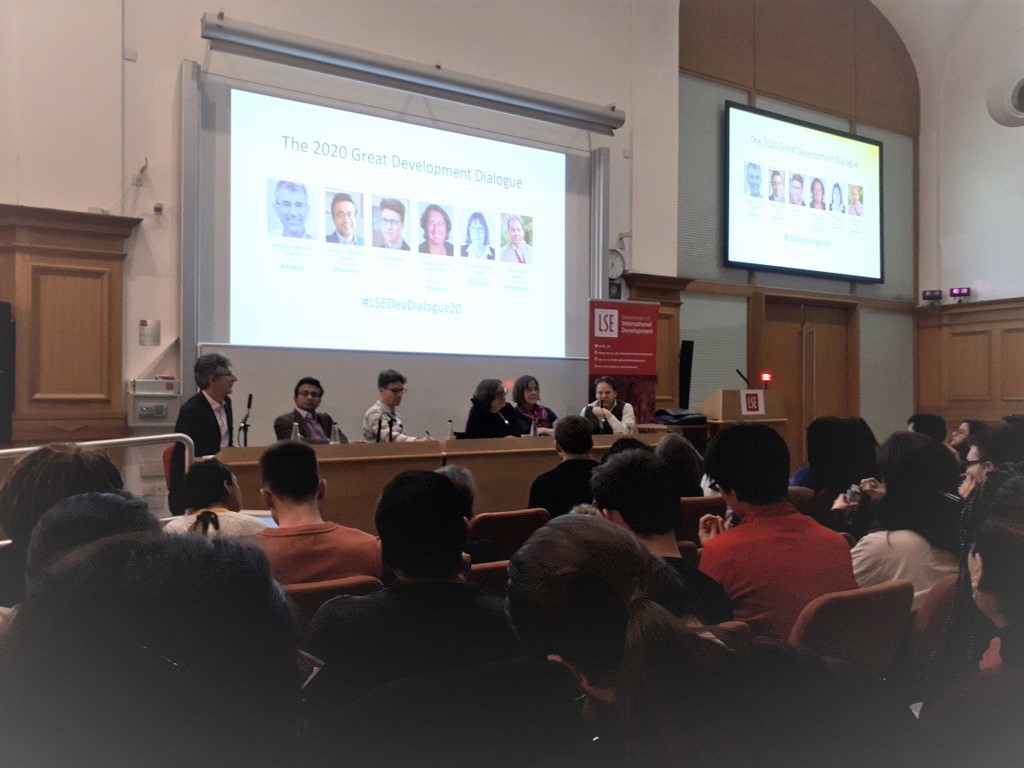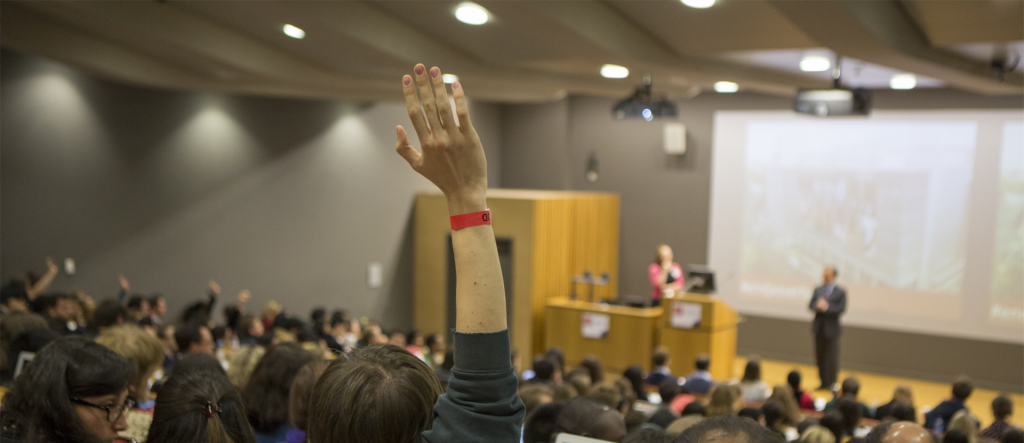To meet the UN’s Sustainable Development Goals (SDGs) campaign to end child marriage (target 5.3), the Bangladesh parliament passed the 2017 Child Marriage Restraint Act which requires marriage registrars to verify age by checking identity cards and birth certificates. Guest bloggers, Sajeda Amin, M Niaz Asadullah, Sara Hossain and Zaki Wahhaj analyse how effective the law has been since its implementation two years ago.
An estimated 650 million women alive today married before their 18th birthday. The UN’s Sustainable Development Goals (SDGs) campaign, launched in 2016, includes a target of ending child marriage (target 5.3). The international commitment to implement the SDGs) means that ending child marriage is now an important global development goal. Numerous government and NGO-run programmes presently target women and girls to expand their opportunities and raise awareness against underage marriage.
In the case of Bangladesh, there has been nearly three decades of investment in female education, and training and credit programmes to expand the economic opportunities for women, led both by the government and NGOs. Although these initiatives have, arguably, closed the gender gap in education and increased women’s economic participation outside of the home, there has been limited progress towards ending child marriage.
More recently, the Government of Bangladesh launched a National Plan of Action to end child marriage, and achieve SDG target 5.3, by 2030. One year into the SDG campaign, in February 2017, the Bangladesh parliament approved a new law aimed at restricting child marriages. The 2017 Child Marriage Restraint Act provides scope for social action to prevent child marriage through committees of government officials and civil society bodies at the local and district level. It also mandates legal procedures for prevention, through injunctions to be made by courts, and by requiring marriage registrars to verify age by checking identity cards and birth certificates. At the same time, it increases the severity of punishments for adults who engage in, facilitate or carry out child marriages. More disturbingly, it introduced a special provision, exceptionally allowing child or underage marriages, where a court rules that such marriage is in the ‘best interest of the child’.
Can the new law address Bangladesh’s child-marriage problem?
There appear to be few, if any, cases of child marriage being prosecuted under the new law since it came into force. There are numerous grassroots organisations that take preventive action against child marriages without involving legal authorities. Today, about three in five girls in Bangladesh still marry below the legal minimum age of 18, one of the highest rates in the world; and there is no credible evidence of a decline in underage marriages since the new law was approved in parliament.
Typically, in situations where the state’s law enforcement capacity is weak, the power of the law comes from its ‘expressive effect’, by signalling to the wider population what kinds of behaviour and practices are socially acceptable. Therefore, the effectiveness of the new child marriage law in Bangladesh should be measured not in terms of enforcement but in terms of its capacity to change social attitudes.
Prior to 2017, the minimum marriage age of 18 for girls provided such a benchmark. Even if this minimum age threshold was routinely ignored, a nationwide survey conducted in 2014 showed that most people were aware of it. In practice, marriages below the age of 18 were common, but deviating too far from the age threshold specified in the law likely carried a social cost that parents took into consideration when arranging marriages for their daughters.
The special provision for the marriage of minors in the new law has removed this clear age threshold in the law and has thus, we argue, weakened the ‘expressive’ power of the law. The debates in and outside Parliament prior to the change in the child marriage law, and the adoption of the special provision in the new law, have also contributed to a climate of confusion about what the law presently says about the minimum age of marriage.
New evidence shows that legal reforms may affect social attitudes
Fortunately, recent experimental research involving a video-based information intervention shows that there is no such confusion, as yet, in rural areas. This may be because knowledge about the legal changes introduced in 2017 remains very limited, even though the vast majority of people are aware of the age threshold of 18 in the law. But behavioural experiments with men and women in rural areas show that the very act of informing them about the new law affects their attitudes and behaviour regarding child marriage. Informing participants about the increased severity of punishments in the new law make people more supportive of initiatives against child marriage while informing them about the special provision leads to behaviour that is more accepting of child marriages.
Following the enactment of the new law, the Bangladesh government consulted widely with stakeholders to develop a set of rules (bidhi mala) that were adopted in 2018. The rules have provided pre-conditions to apply the special provision and represent a significant achievement by rights activists in protecting child rights. The adoption of the rules have to date received little attention in the media such that the general public were, very likely, unaware of them. Unless this situation is reversed, it is unlikely that the rules – in spite of the clarity aimed at — will in themselves impact upon social attitudes towards child marriage.
The real power of the law on addressing child marriage does not lie in punishing those who find themselves on the wrong side of the law but by providing a deterrent against behaviour that is socially harmful and protecting the rights of vulnerable children.
Sajeda Amin (@Pop_Council) is a Senior Associate at the Population Council in New York City. M Niaz Asadullah (@Niaz_Asadullah) is Professor of Development Economics at the University of Malaya in Kuala Lumpur, and Head of the Southeast Asia cluster of the Global Labor Organization (GLO). Sara Hossain is a lawyer at the Supreme Court of Bangladesh and an honorary executive director of the Bangladesh Legal Aid and Services Trust. Zaki Wahhaj (@InteggraNews) is a Reader in Economics at the University of Kent.
The views expressed in this post are those of the author and in no way reflect those of the International Development LSE blog or the London School of Economics and Political Science.





